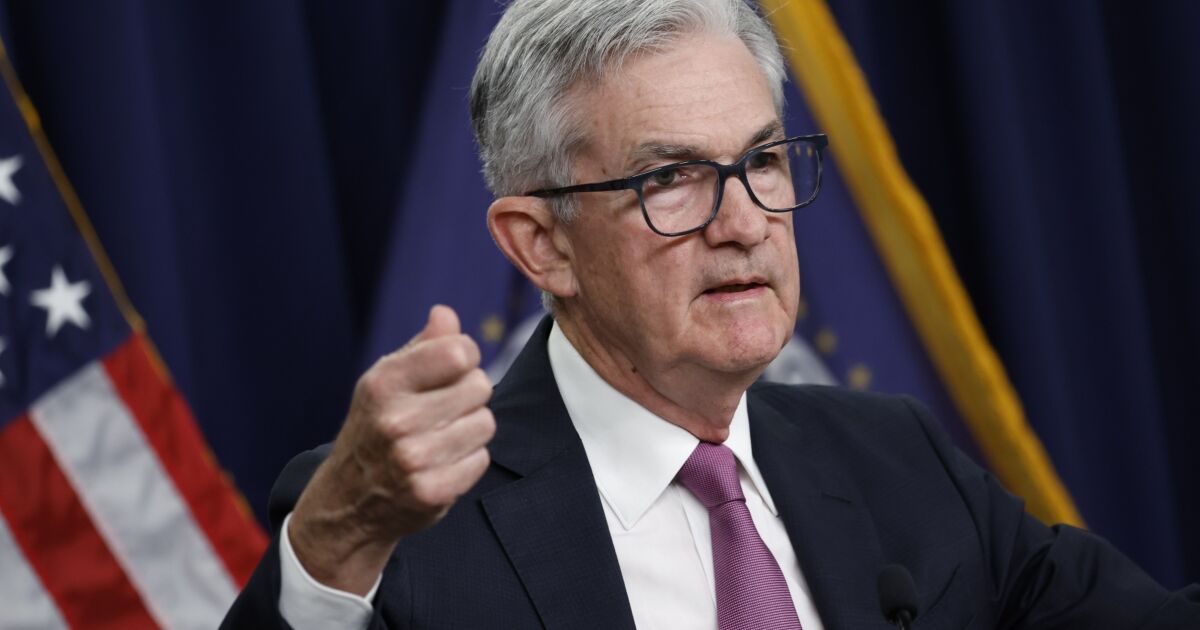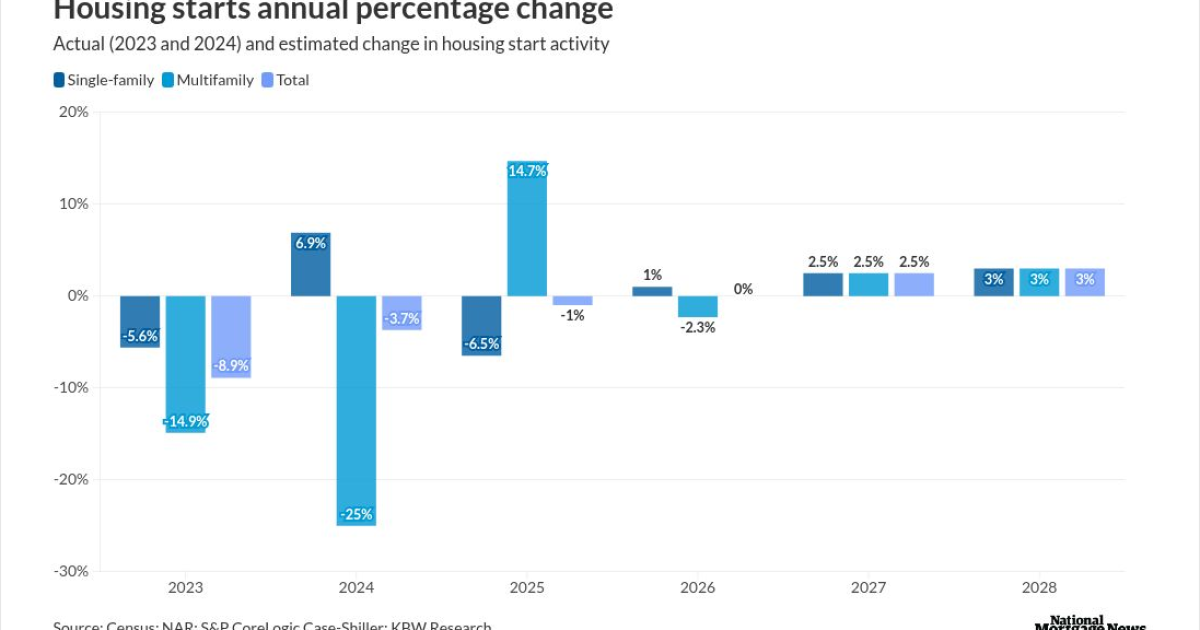
WASHINGTON — The Federal Reserve
The Federal Open Market Committee reduced the federal funds rate by 50 basis points, bringing its target range to between 4.75% and 5%. The policy adjustment was backed by a vote of 11 to 1, with Gov. Michelle Bowman voting against. She preferred a 25-basis-point reduction.
The group also projected that it would ease monetary policy further before the end of the year but with split views about whether one or two cuts would be necessary. There are only two meetings left in 2024, one in early November and another in mid-December.
In its initial statement, the committee noted an "uncertain" economic outlook and an attentitiveness to "both sides of its dual mandate" — to keep prices stable and unemployment low — as reasons for the cut.
The move to ease monetary policy was widely anticipated coming into this week's FOMC meeting. Last month, in a speech delivered in Jackson Hole, Wyoming, Fed Chair Jerome Powell said
Powell said he was confident price growth was on a sustainable path toward the central bank's long-term goal of 2%. He added that the labor market has come into better balance in recent months, with job openings no longer outpacing job seekers at a dramatic clip. The shift to lower interest rates, he said, should prevent that softening from turning into significant job losses.
"It seems unlikely that the labor market will be a source of elevated inflationary pressures anytime soon," Powell said in August. "We do not seek or welcome further cooling in labor market conditions."
Federal Reserve Bank of New York President
"I was a big advocate of front-loading rate hikes when inflation accelerated in 2022, and I will be an advocate of front-loading rate cuts if that is appropriate," Waller said on Sept. 6. "Those decisions will be determined by new data and how it adds to the totality of the data and shapes my understanding of economic conditions."
Market participants incorporated those views into their forecasts. More than 60% of derivatives traders expected a half-percentage point cut coming into the meeting, according to
Along with this month's policy position, the FOMC also released its quarterly summary of economic projections, in which participants — seven Federal Reserve Board governors and 12 regional reserve bank presidents — write down their expectations for future developments. The forecasts are non-binding, as the committee makes its decisions on a meeting by meeting basis, but they establish baseline expectations.
Nine participants said they expect to lower federal funds rate an additional half percentage point this year, to a range of between 4.25% and 4.5%. Meanwhile, seven believe a single quarter-point cut will suffice. Two expect the policy rate to remain where it is and one projected 75 basis points of further easing.
Wednesday's policy move was the first time the FOMC has cut interest rates since March 2020, when it dropped its policy rate to effectively zero in response to the onset of the COVID-19 pandemic.
The federal funds rate remained at that lower bound until March 2022, when
During the following months, the Fed raised interest rates at the sharpest pace since the early 1980s, executing
The Fed's next meeting will be held on Nov. 6 and 7, immediately following federal elections, which will take place on Nov. 5.



